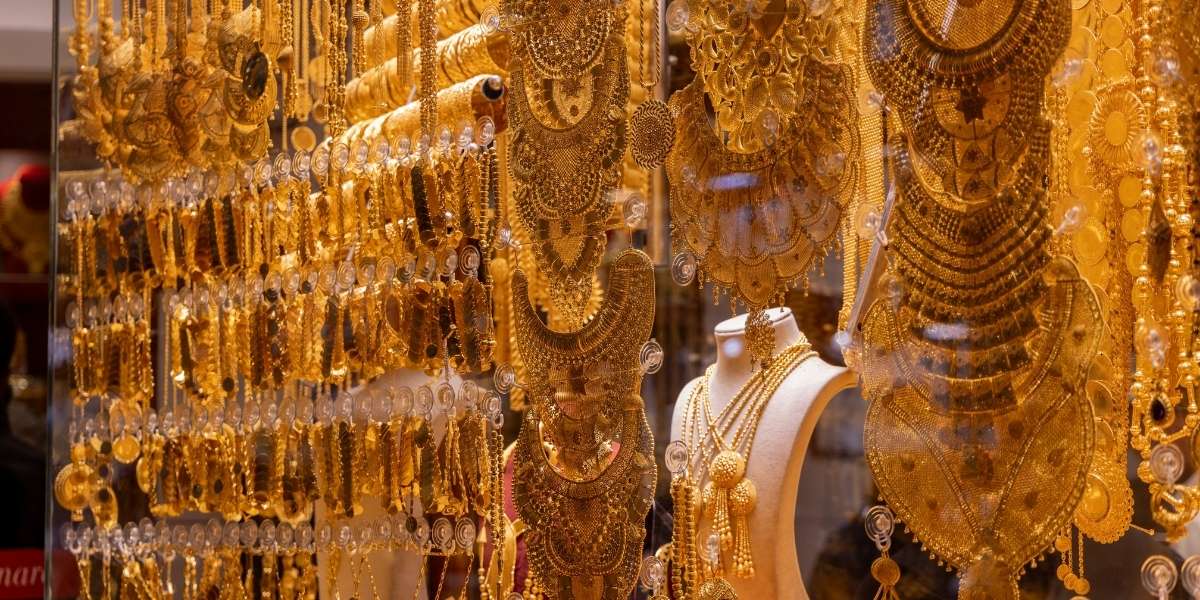The Rise of Asian Influencers Online Now
In recent years, the digital world has seen a significant shift in the influencer landscape. Asian influencers, with their diverse cultural backgrounds and unique perspectives, have gained enormous traction online, captivating global audiences and transforming social media. From beauty and fashion to gaming, food, and lifestyle, Asian influencers are reshaping the way brands and individuals engage with content. What is driving the rise of these influencers, and how have they become so influential in the online world? This article explores the factors contributing to the rise of Asian influencers and their impact on social media and digital marketing.
Read Also: The Significance of Physical Activity in Daily Life
Who Are Asian Influencers?
Asian influencers are individuals of Asian descent who have gained fame and influence through online platforms like Instagram, YouTube, TikTok, and Twitter. They produce content that resonates with a broad audience, showcasing their expertise, lifestyle, fashion, food, beauty tips, or even personal experiences. These influencers often bridge the gap between their cultural roots and global audiences, making them relatable to both Asian and non-Asian followers.
The diversity among Asian influencers is vast, encompassing people from different countries and cultures, including China, India, Japan, South Korea, Indonesia, and many others. Each influencer brings their unique style, values, and content to the table, creating a rich tapestry of experiences for followers to connect with.
Some of the most well-known Asian influencers include Zhang Dayi, a Chinese fashion influencer with millions of followers, Nikita Dragun, an influencer of Vietnamese and Mexican descent, and Michelle Phan, a Vietnamese-American beauty mogul who pioneered the makeup tutorial genre on YouTube. Their rise in popularity reflects the growing influence of Asian content creators in global digital spaces.
Why Is the Rise of Asian Influencers Significant?
The rise of Asian influencers is significant for several reasons. Firstly, it reflects the growing importance of the Asian market in global digital trends. With a population of over 4 billion people, Asia represents a huge consumer base. As internet access has expanded across the region, more and more Asian influencers are reaching global audiences, creating new opportunities for brands and individuals to connect with this vast demographic.
Secondly, Asian influencers are breaking down cultural barriers. Many content creators have used their platforms to showcase their cultural heritage, whether through food, fashion, language, or traditional customs. This has allowed global audiences to gain a deeper understanding of Asian cultures, fostering greater inclusivity and appreciation for diversity in the digital space.
Lastly, Asian influencers are reshaping traditional beauty standards. In the past, Western ideals of beauty and lifestyle dominated global media. However, Asian influencers are challenging these norms by celebrating different body types, ethnicities, and styles. For example, influencers from Korea and Japan have popularized unique beauty trends, such as glass skin or K-beauty, which have garnered international attention.
What Drives the Success of Asian Influencers?
The success of Asian influencers can be attributed to several key factors:
-
Cultural Resonance: Many Asian influencers have gained popularity because they resonate with the values and interests of their followers. From K-pop culture to anime, food, and fashion, Asian influencers know how to engage their audiences by blending traditional elements with contemporary trends. This cultural fusion creates content that is both unique and relatable, allowing influencers to build strong, dedicated followings.
-
Tech-Savvy Populations: Asia has one of the highest rates of internet penetration globally, especially in countries like China, South Korea, and Japan. With access to advanced technology and digital tools, Asian influencers have the resources to produce high-quality content and reach a global audience. Social media platforms like WeChat, TikTok, and Douyin (China’s version of TikTok) have become some of the most popular platforms for young influencers in Asia to gain recognition.
-
Strong Local Networks: In many Asian countries, influencers have the advantage of strong local networks and community support. For instance, YouTube and Instagram have massive followings in countries like India and South Korea, and these platforms help influencers connect with their local communities. Furthermore, platforms like TikTok allow for viral content that can spread beyond borders, further amplifying their reach.
-
Brand Collaborations: As influencers from Asia gain more prominence, brands have recognized their potential to reach key target markets. Asian influencers are increasingly being tapped by major global brands, including Chanel, Gucci, and Nike, to promote products that resonate with Asian consumers. Their endorsement is powerful, as it often comes with a level of trust and authenticity that resonates with their followers.
-
Influence of Pop Culture: The global rise of K-pop, anime, and Asian cinema has played a significant role in increasing the influence of Asian content creators. BTS, BLACKPINK, and other K-pop stars have fueled an explosion of interest in South Korean culture, while global streaming platforms like Netflix have brought Asian films and TV series to international audiences. This pop culture boom has paved the way for Asian influencers to step into the spotlight.
The Global Impact of Asian Influencers
The rise of Asian influencers has had a profound impact on both the digital landscape and global marketing strategies. Their influence extends far beyond fashion and beauty, reaching industries such as food, gaming, travel, and fitness.
-
Marketing Trends: Brands are increasingly looking to collaborate with Asian influencers to tap into new markets. In countries like China and India, where the consumer market is vast, influencer marketing has proven to be a highly effective strategy for reaching the younger, digitally savvy generation. By partnering with influencers, brands gain access to highly engaged, loyal audiences who are often more likely to trust recommendations from their favorite influencers than traditional advertisements.
-
Expanding Globalization: Asian influencers are helping to further globalize the digital world. They are amplifying Asian culture in ways that were previously unimaginable, allowing followers worldwide to experience new music, fashion trends, and lifestyles. The global success of K-pop and Asian fashion influencers is a testament to how much of a cultural force these influencers have become.
-
Shifting Beauty Standards: The rise of Asian beauty influencers is also challenging traditional Western beauty standards. Asian beauty influencers on platforms like YouTube and Instagram are not only popularizing Korean and Japanese skincare routines but also redefining beauty with diverse skin tones, body types, and natural looks. This shift is allowing beauty standards to become more inclusive and representative of different cultures.
Read Also: Natural Bakuchiol: Retinol Benefits, No Irritation
The Future of Asian Influencers
The rise of Asian influencers is not just a passing trend; it is a reflection of broader shifts in global culture, technology, and marketing. With their ability to engage vast and diverse audiences, Asian influencers will continue to shape digital trends, influence global pop culture, and transform marketing strategies. As platforms like TikTok and Instagram continue to grow, the influence of Asian content creators is only set to increase, offering new opportunities for brands and followers alike to explore the richness of Asian culture and creativity.






